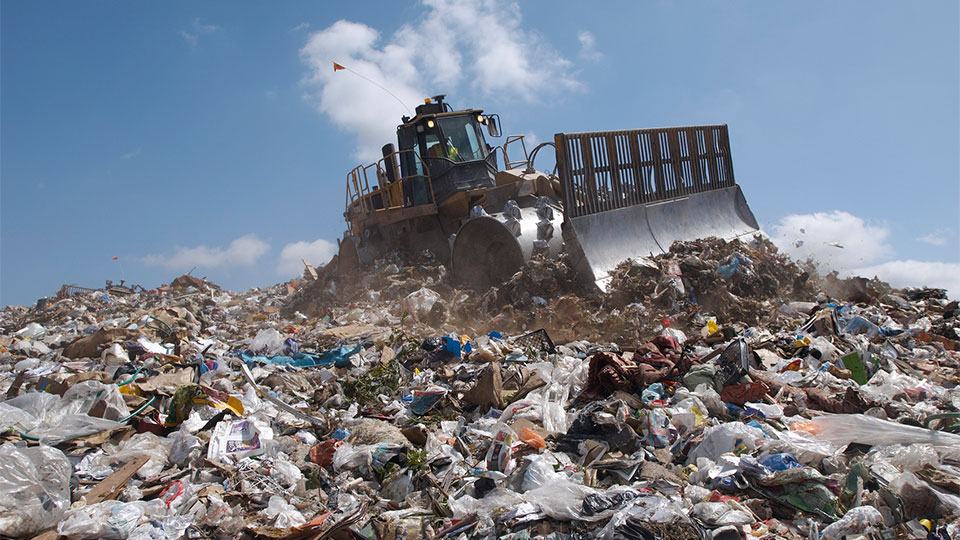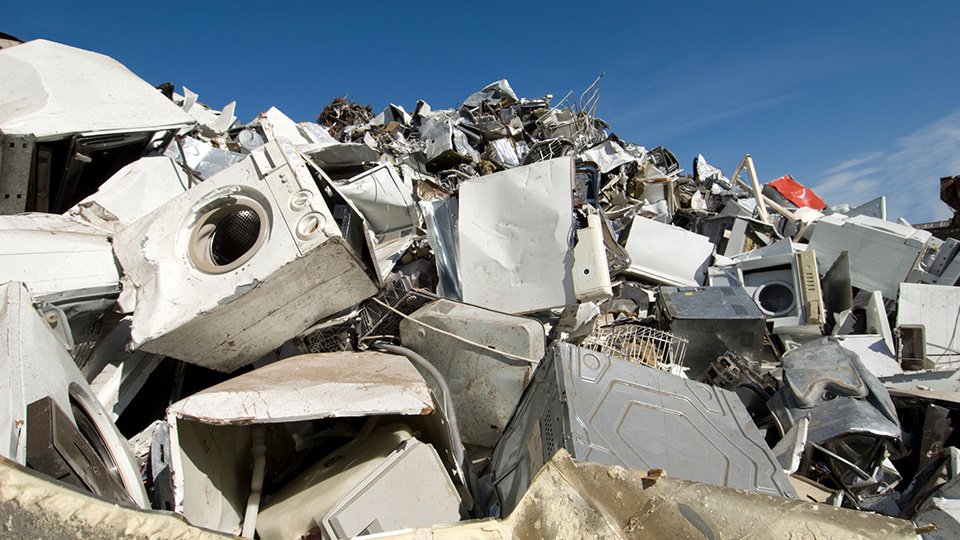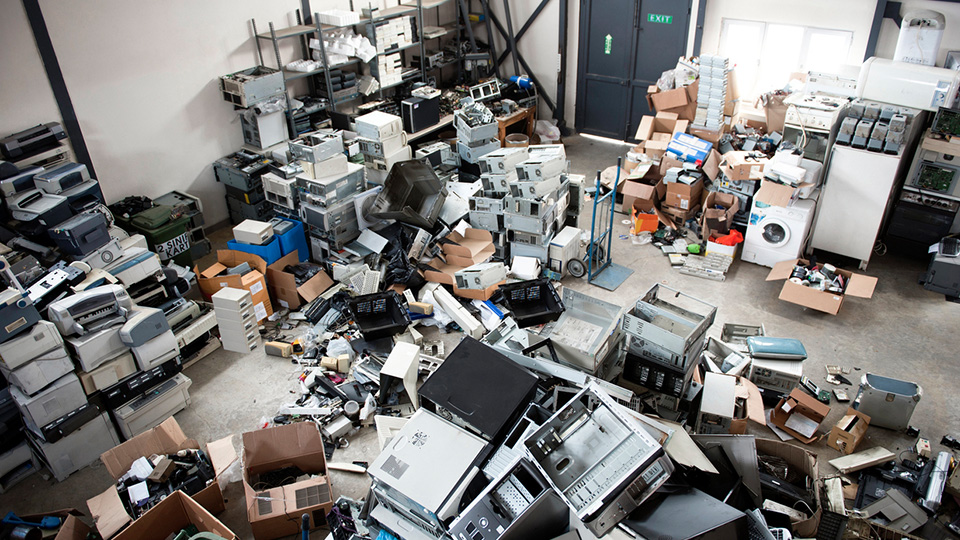A small fraction of Australia’s lighting waste gets recycled each year.
Historically, the generators of lighting waste have simply dumped the problem into landfill, but when businesses opt for the dump, they could be missing out on an opportunity to reap some significant short and long-term savings.
Here’s how a workplace lighting recycling program can save your business money:
1. Reduced immediate costs
Most state and territory governments have introduced landfill levies that have increased the cost of dumping. The aim is to make it cheaper to send waste for recycling than to send it to landfill.
Whether you undertake your own lighting replacement or use a contractor, ensuring that all waste is recycled can help to improve your bottom line.
2. Avoid penalties
South Australia banned the dumping of mercury-containing lighting in 2012. Victoria’s ban on all e-waste from landfill will come into effect mid-2019. Other states are likely to head down the same path.
Regulatory agencies already take illegal dumping extremely seriously and governments are investing significant sums in countering the activity. Whether inadvertent or intentional, illegally dumping waste exposes a business to significant financial penalties.
Better, then, to recycle right from the start.
3. Lower costs in the future
Lighting is made from non-renewable resources, and the more that is dumped in landfill, the more that needs to be mined to make future products. Recycling increases the supply of non-renewable resources, and the law of supply and demand means this will reduce future resource costs.
When it comes to lighting waste, there is high demand for recovered mercury by the dental industry. The phosphor powder can be reused or turned into fertiliser. Steel, aluminium and glass have countless uses.
Aluminium and glass provide two good examples where the use of recycled materials slashes energy use compared to using virgin materials and therefore production costs.
4. Employee performance and retention benefits
Companies with a strong record of sustainability attract more, high-performance job seekers.
Aside from performing better, these employees are also more likely to stick around longer – and that means lower recruiting costs.
Recycling is now a fundamental building block of any business sustainability program. Failure to recycle everything puts a chink in a company’s environmental credentials, and when that has an influence on employee attitudes, costs can rise.
The easy path to lighting recycling
Ecocycle is Australia’s most experienced recycler of lighting waste. We offer recycling solutions for carton quantities of lighting waste through wheelie bins to large stillage bins.
We provide recycling certificates so you can be confident that your lighting waste has been recycled safely in an environmentally responsible way. Certificates also prove your credentials to employees and customers.
To find out just how simple it is to recycle your lighting waste, give us a call on 1300 32 62 92 or fill out the form below and we’ll soon get you started.






